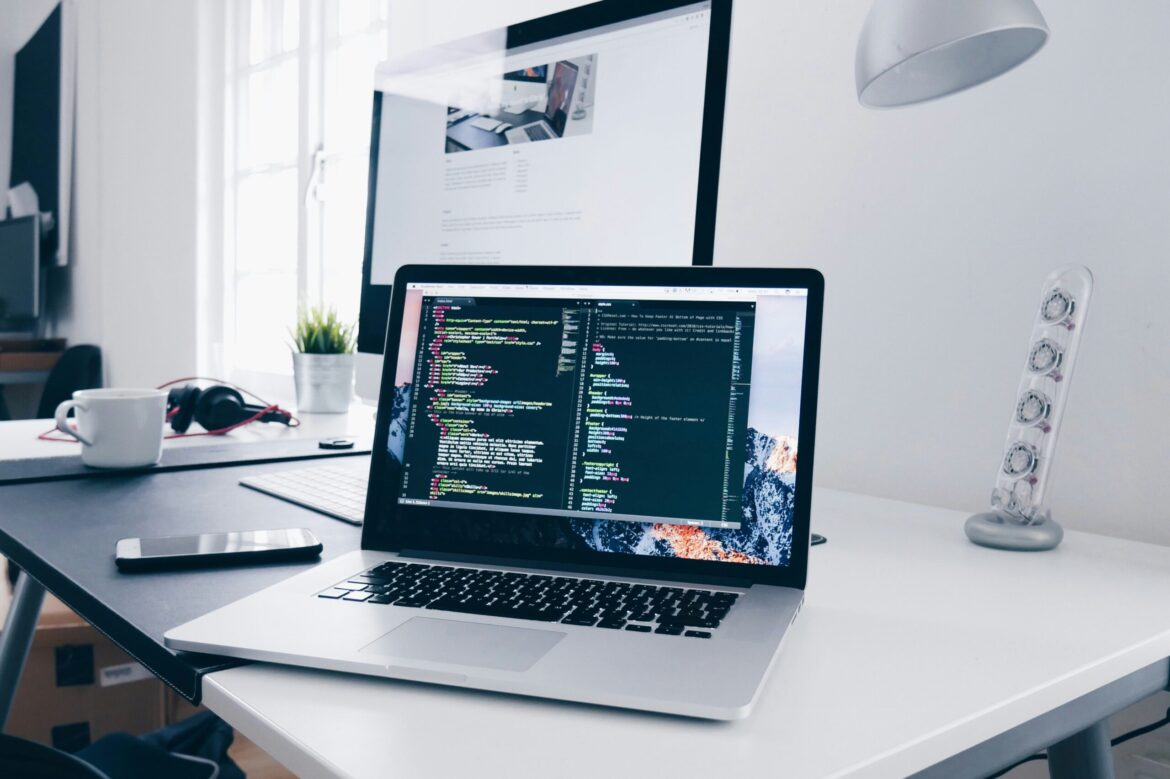March 11, 2025 – In a growing response to increasing concerns over mental health and digital burnout, more Americans are embracing “digital detoxes” in 2025, marking a significant cultural shift toward disconnection and mindfulness. As the pressures of constant connectivity, social media overload, and digital distractions continue to take a toll, individuals across the country are taking intentional breaks from screens, opting to unplug in order to reclaim their time, focus, and well-being.
A recent survey revealed that nearly 45% of U.S. adults now regularly engage in some form of digital detox, whether it’s a planned weekend without screens, a designated “phone-free” time during the day, or even taking weeks off social media entirely. This surge in interest comes as more people recognize the negative impact of excessive screen time on mental health, including increased stress, anxiety, and a decline in overall life satisfaction.
“The digital world is all-encompassing, and it’s exhausting,” said Emily Patterson, a wellness coach based in New York. “People are starting to understand that taking time away from technology—whether it’s social media, emails, or the constant notifications from our phones—can have a profound impact on our mental and emotional health. In 2025, people are learning to embrace digital detoxes as a necessary form of self-care.”
The trend of digital detoxing has gained traction in response to the overwhelming presence of technology in daily life. The rise of smartphones, constant email notifications, and the pressure to stay connected on social media have led to what experts call “digital fatigue.” Research has shown that excessive screen time can negatively affect sleep patterns, decrease productivity, and increase feelings of loneliness and isolation. As a result, people are seeking ways to create healthier boundaries between their digital lives and real-world interactions.
In 2025, digital detoxes are no longer just about taking a break from technology—they are seen as an integral part of self-care routines. Many individuals are setting aside specific hours or even days each week to step away from screens. Some are opting for “tech-free” weekends, during which they focus on in-person connections, outdoor activities, or creative pursuits without the distraction of technology. Others are taking longer breaks, stepping away from social media for weeks at a time to regain perspective and reduce stress.
“Disconnecting has become a form of liberation,” said John Avery, a digital marketing professional who regularly practices digital detoxing. “It’s not just about being offline—it’s about giving myself permission to focus on things that matter more, like relationships, creativity, and mental clarity. It’s a conscious effort to reset and find balance.”
In addition to personal digital detoxes, businesses and workplaces are also taking note of the growing desire for technology breaks. Some companies are implementing “digital detox” policies, encouraging employees to turn off email notifications after work hours, take regular breaks away from screens, and disconnect during vacations. Mental health professionals note that this approach is vital for combatting the mental toll that work-related screen time can have on employees.
The rise of wellness and mindfulness apps, which promote screen-free time for meditation, mindfulness exercises, and outdoor activities, has also contributed to the movement. These apps encourage users to engage in more intentional, offline activities that promote relaxation and mental clarity, helping to counterbalance the overstimulation that many experience from prolonged screen use.
Social media platforms themselves are also adapting to the trend. Some have introduced “time limits” to help users track and reduce their screen time, while others are incorporating features that promote more meaningful engagement over passive consumption. There’s also a growing movement among influencers and content creators who are taking extended breaks from social media to raise awareness about the importance of digital wellness.
Despite the positive effects of digital detoxing, experts acknowledge that the practice can be challenging, particularly for those who rely heavily on technology for work, socialization, or entertainment. Striking a balance between maintaining necessary digital connections and embracing offline time is key. For many, the goal is not to completely cut out technology, but to create healthier, more intentional habits around its use.
“The idea is not to demonize technology,” said Dr. Lisa Montgomery, a psychologist who specializes in digital health. “Instead, it’s about recognizing that we need time away from screens to recharge, build deeper connections, and reconnect with the present moment. Digital detoxes are about taking control over how we engage with technology rather than letting it control us.”
As the movement grows in 2025, digital detoxes are becoming an essential aspect of American lifestyle, with more people understanding that stepping away from technology can enhance overall well-being and quality of life. For those seeking relief from the constant barrage of digital noise, the practice offers a chance to reconnect with themselves, their surroundings, and the people that matter most. As technology continues to shape modern life, embracing moments of unplugging may be just what many Americans need to preserve their mental health and find balance in a hyper-connected world.


